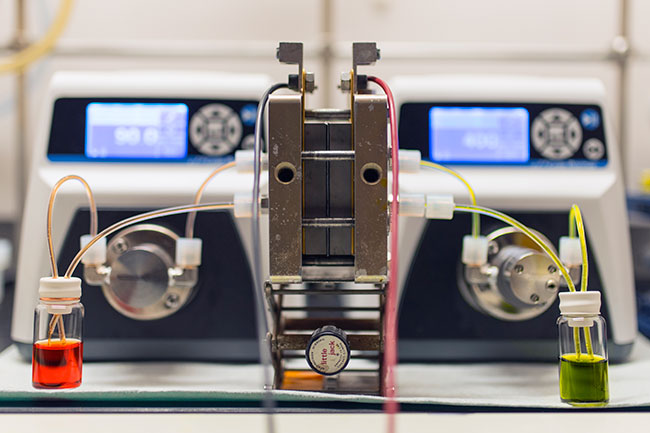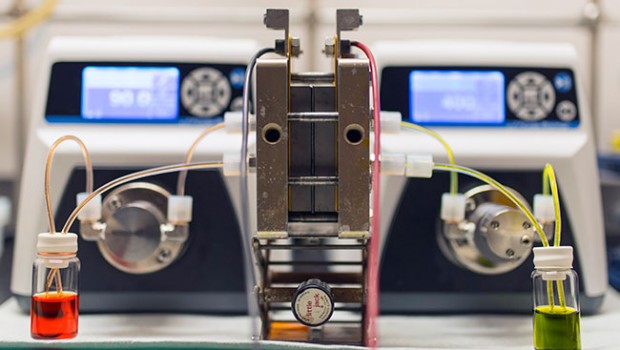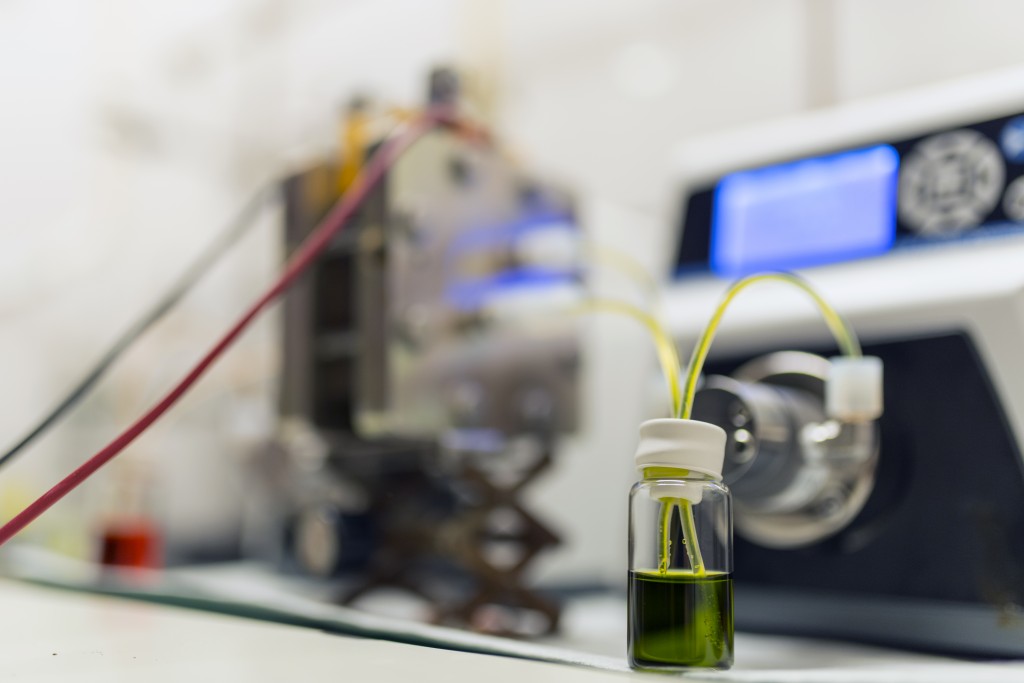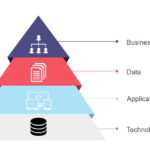Storing Clean Energy In A Battery That Can’t Catch On Fire
“The sun and the moon have their times, the four seasons have their limits” — Excerpts from “Loving The Silent Tears”
When the sun decides to hide and the wind goes on a break, how does solar and wind generators power up houses? With long-lasting batteries!
This is easier said than done; while batteries are great at making small consumer electronics and toys work, they become quite limited when it comes to storing renewable energy.
Professor Michael Aziz at Harvard John A. Paulson School of Engineering and Applied Sciences explains what’s happening with photovoltaics (PV) trying to use batteries today. “Most of those with solar panels who are fortunate enough to read at night have lead-acid car batteries storing the electricity. Traditional lead-acid car batteries have an energy to power ratio of 0.2 hours. That is, when discharged at their rated power, they are drained in about 12 minutes.” He points out an obvious bottleneck to backup battery systems: they provide far less power than needed.
Previously Professor Aziz has indicated that one to two days’ worth of storage is required to make solar and wind dispatchable through the electrical grid; but due to the low energy-to-power ratio, consumers need a lot of batteries to work in conjunction to their PV system. This is unnecessary cost, states the professor; paying for 50 megawatts of power capacity when only 1 megawatt is necessary, for instance, makes little economic sense. Instead, he names flow batteries as the better energy storage alternative.
Flow batteries are different from solid-state car batteries in that energy is stored in liquid tanks. To increase their storage capacity, one need only scale up the external tanks; this makes it much easier to meet consumer demand of electrical power. But as sweet as that sounds, traditional flow batteries are made with corrosive and toxic metals; safety, inevitably, becomes an associated concern. Who wants to put tanks of potentially combustible liquid in their basement? While renewable energy can alleviate global warming, risking the house is not as cool.
Researchers at Harvard University have come up with a simple solution to address this issue: designing a flow battery with chemistry that is non-toxic, non-flammable, and cheap to fabricate. Their recent paper is published in Science.

This improved flow battery could make storage of electricity from intermittent energy sources like solar and wind safe and cost-effective for both residential and commercial use. Unlike solid-electrode batteries, flow batteries store energy in liquids contained in external tanks (seen here in red and green), similar to fuel cells. (Photo courtesy of Kaixiang Lin)
“This is chemistry I’d be happy to put in my basement”
Says Professor Aziz, a Principal Investigator of the green battery project. “It can’t catch on fire, and that’s huge when you’re storing large amounts of electrical energy anywhere near people.” And if the approval of material science experts isn’t enough to put consumers at ease, their secret formula will: the new flow battery chemistry is made out of two common household materials – an organic dye and a food additive. Combining them, as it turns out, results in a high-performing, low-cost, and non-corrosive green flow battery.
Last year Harvard’s material science group began testing cheap, organic molecules to decrease the cost of flow batteries. They found one molecule to work particularly well, which is Quinones; the material is inexpensive and non-toxic, but it does rely on a highly-toxic component – bromine. In an updated effort to make their flow battery bromine-free and completely safe, the researchers are replacing the active component of electrolyte with ferrocyanide, an alkaline compound that’s water-soluble and non-toxic.
Ferrocyanide is a harmless food additive and fertilizer. It’s not something you want to eat, jokes one of the team members, but pairing it with quinone gave the researchers exactly what they wanted: a safe, cheap, and efficient chemistry for a truly “green” battery system.
Kaixiang Lin, lead author of the mentioned paper, highlights the key benefits of their innovative battery:
- It’s cheap: Using ferrocyanide as an active component of electrolytes in the flow battery significantly reduces the cost of storing electrolyte because ferrocyanide is widely available and thus inexpensive.
- It’s eco-friendly: Replacing an acidic bromine solution with an alkaline ferrocyanide solution eliminates the toxicity of flow batteries, making them more environmentally-friendly.
- It’s safe: Using an alkaline solution reduces the corrosivity of electrolyte, making the storage system much safer for household usage.
- It’s efficient: These new flow batteries still maintain their performance as the tested efficiency and power density are on par with state-of-the-art flow batteries.
All in all, their design upholds the expectation of how renewable energy should be stored — safely and efficiently — and, because the solution is non-corrosive, the flow battery can be constructed out of cheaper materials like plastics, keeping fabrication costs low. This research effort can definitely help make energy harvesting systems much more practical and marketable in the near future.
Kudos to the Harvard elites for bringing forth a quality innovation that addresses the needs of the public and the planet, making clean energy even cleaner. We send the team our best wishes for continued success in their upcoming agenda.
Paper cited:
Alkaline quinone flow battery – Science
















